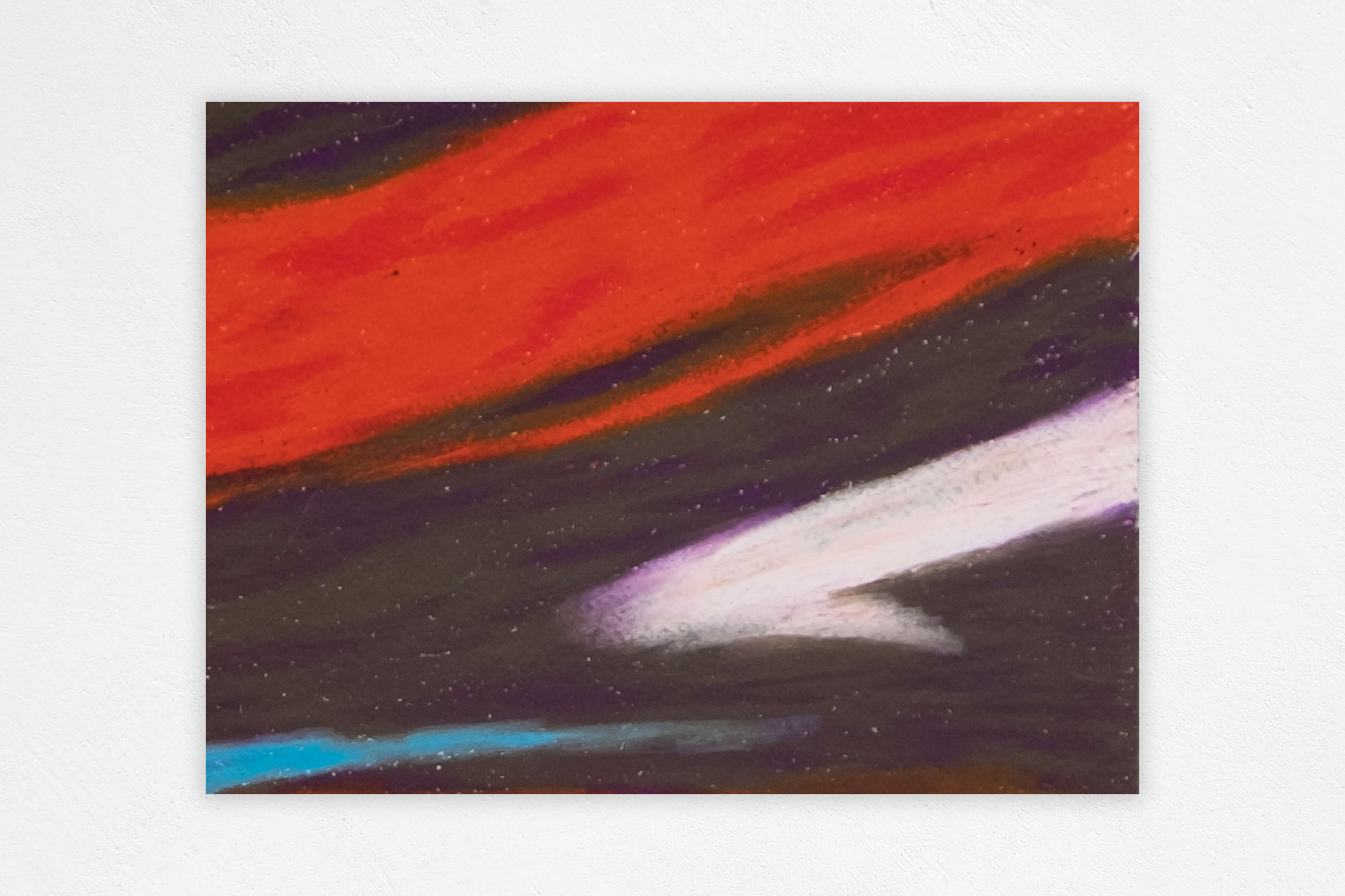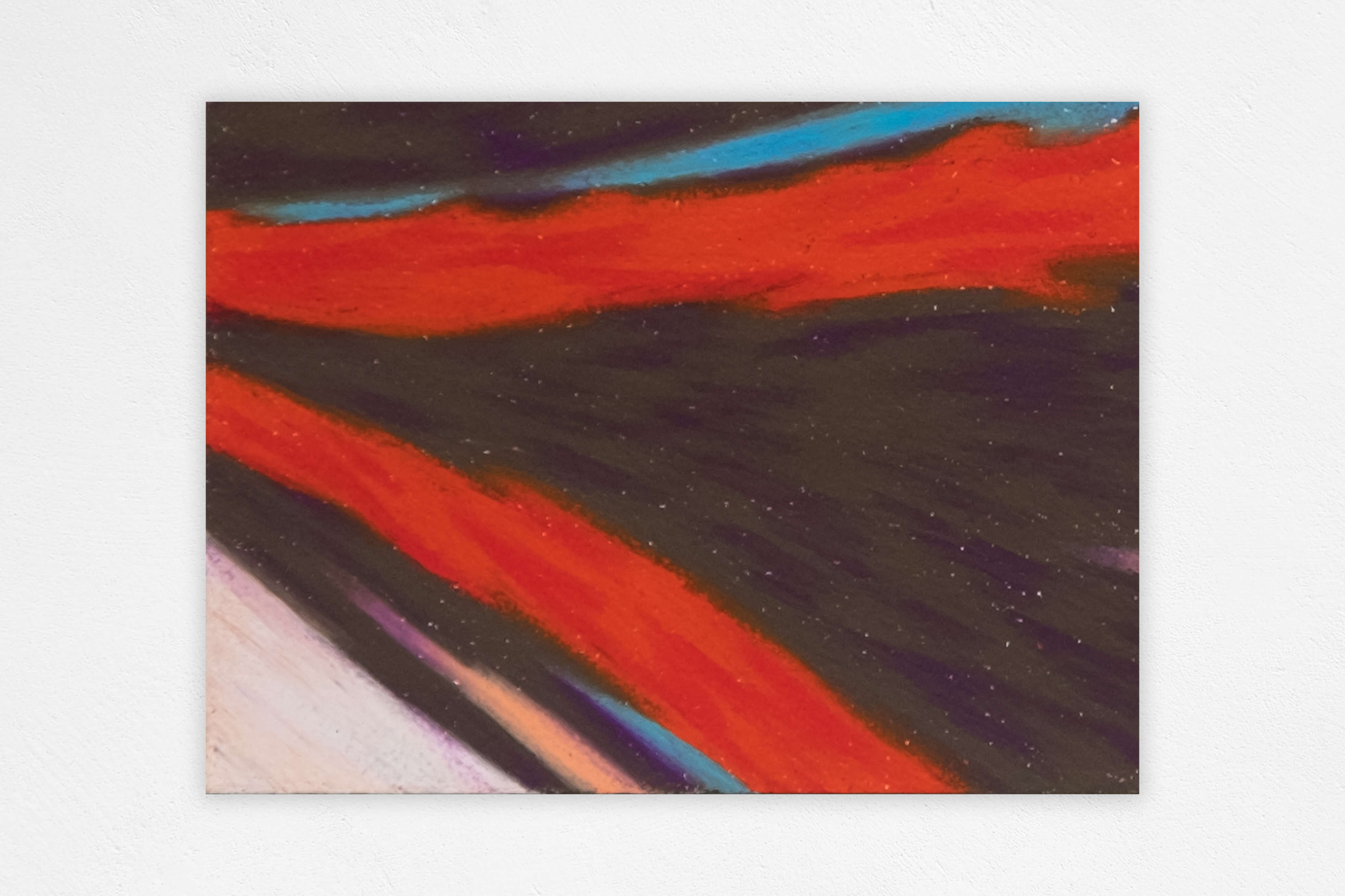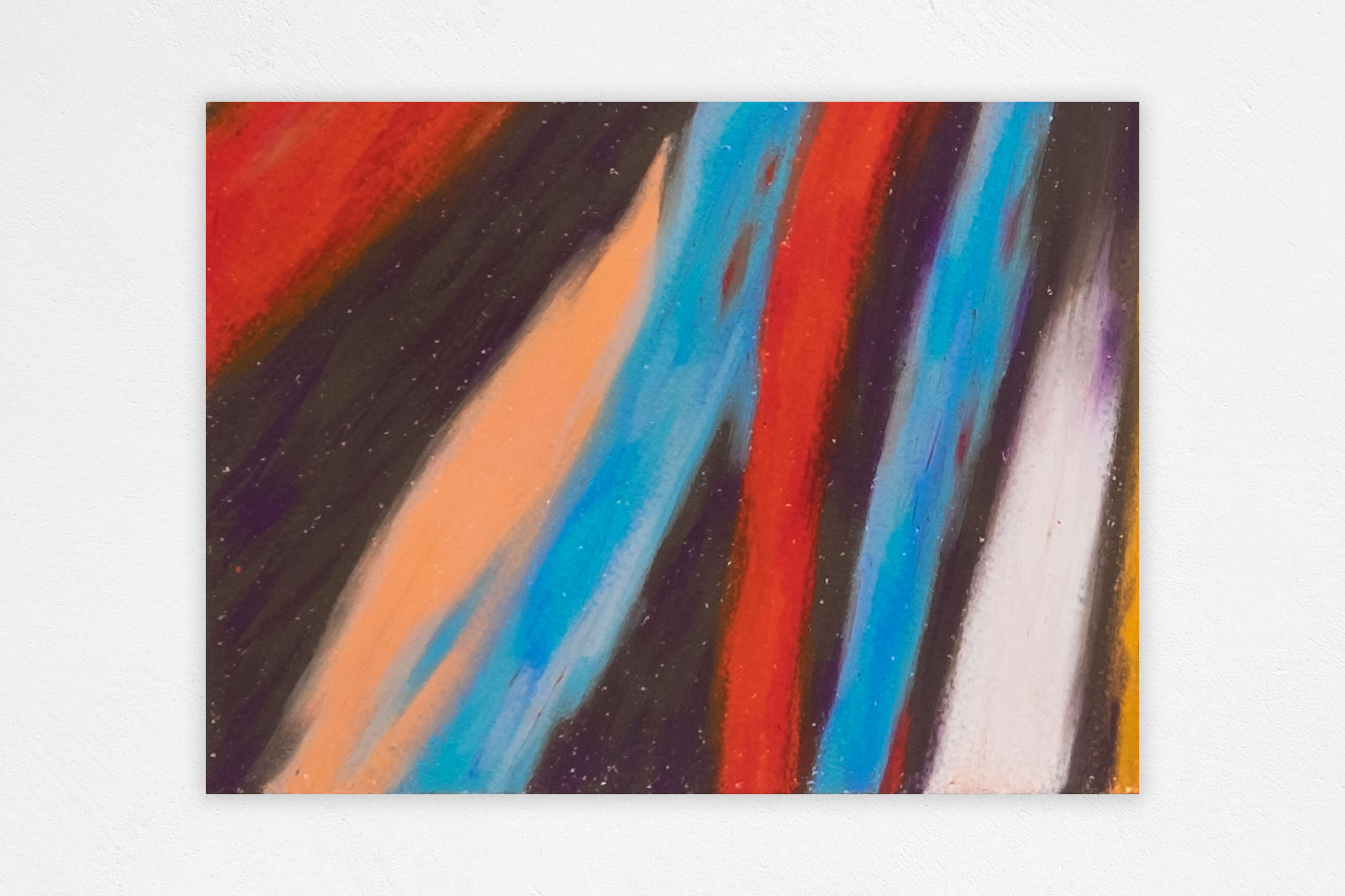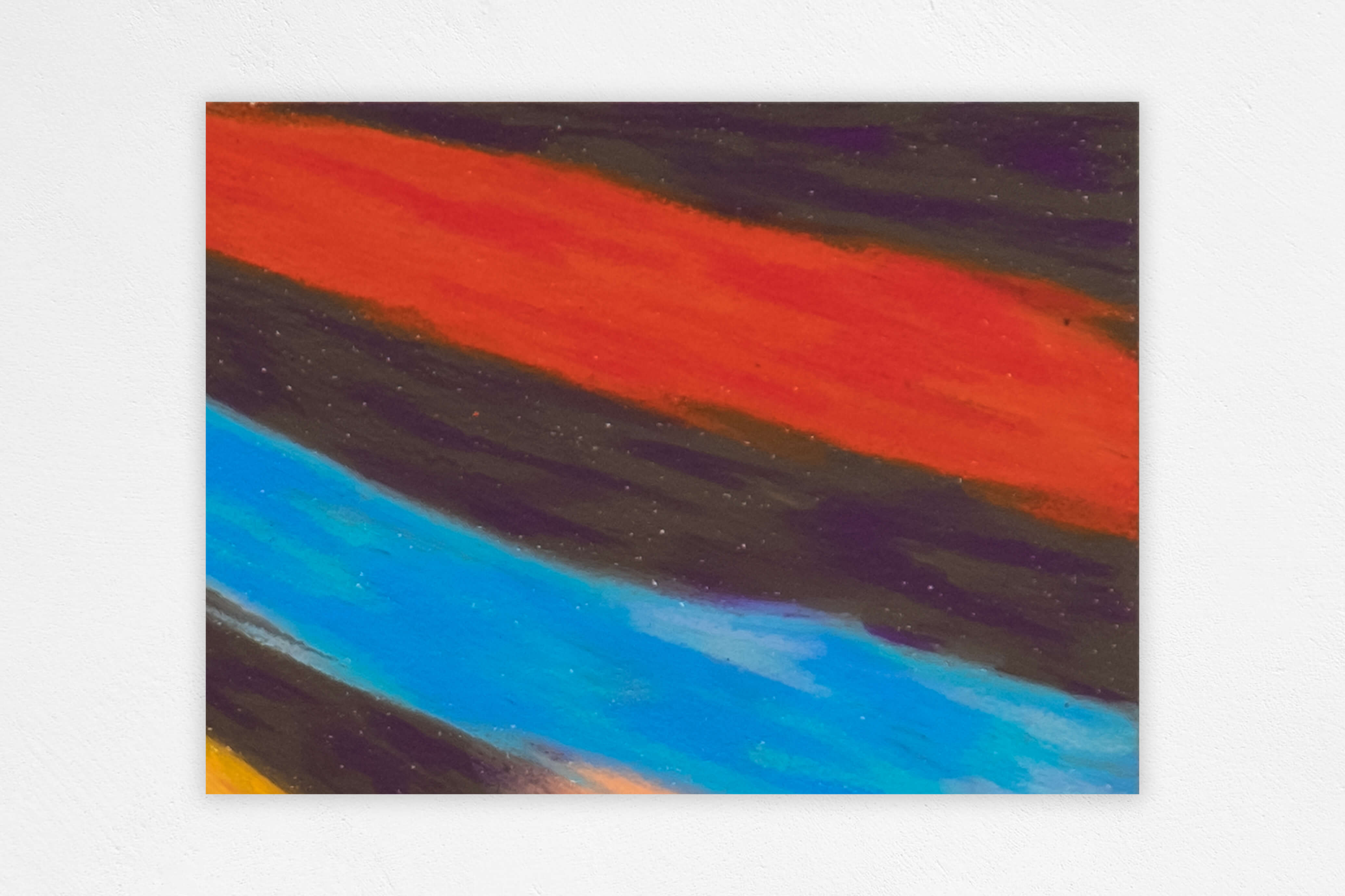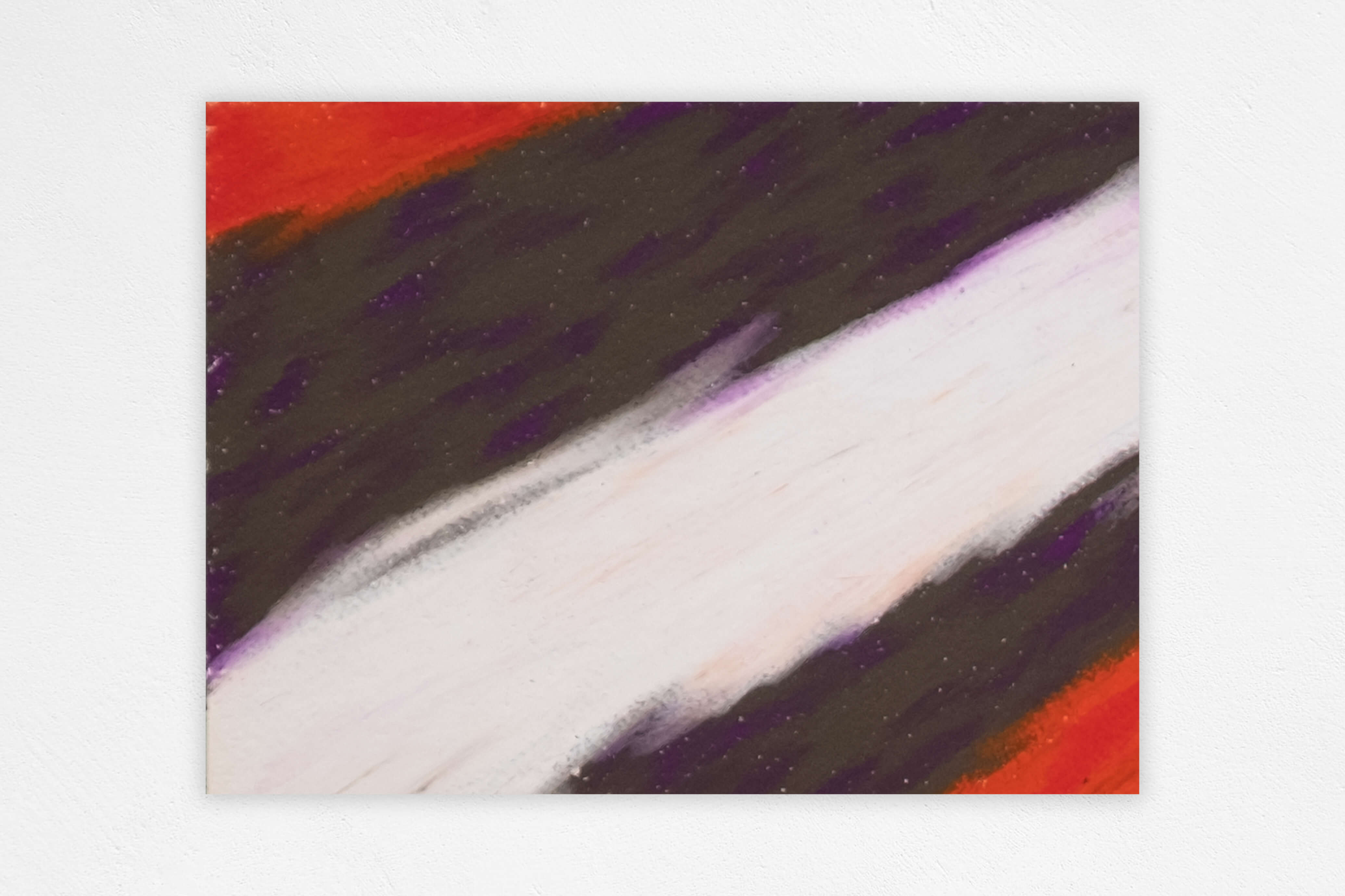BANG /
Postcards From Space
2020
The Big Bang is a cosmological model of the observable universe from the earliest known periods through its subsequent large-scale evolution. The model describes how the universe expanded from an initial state of extremely high density and high temperature, and offers a comprehensive explanation for a broad range of observed phenomena.
After its initial expansion, the universe cooled sufficiently to allow the formation of subatomic particles, and later atoms.
Giant clouds of these primordial elements – mostly hydrogen, with some helium and lithium – later coalesced through gravity, forming early stars and galaxies, the descendants of which are visible today.
After its initial expansion, the universe cooled sufficiently to allow the formation of subatomic particles, and later atoms.
Giant clouds of these primordial elements – mostly hydrogen, with some helium and lithium – later coalesced through gravity, forming early stars and galaxies, the descendants of which are visible today.
Bang, 2020
Complete series (36 artworks)W 155 x H 115 mm
Wax-crayons on Archer 300g watercolour paper, clear fixative
Bang, 2020
Complete series (36 artworks)W 155 x H 115 mm
Wax-crayons on Archer 300g watercolour paper, clear fixative
Complete series (36 artworks)
Wax-crayons on Archer 300g watercolour paper, clear fixative
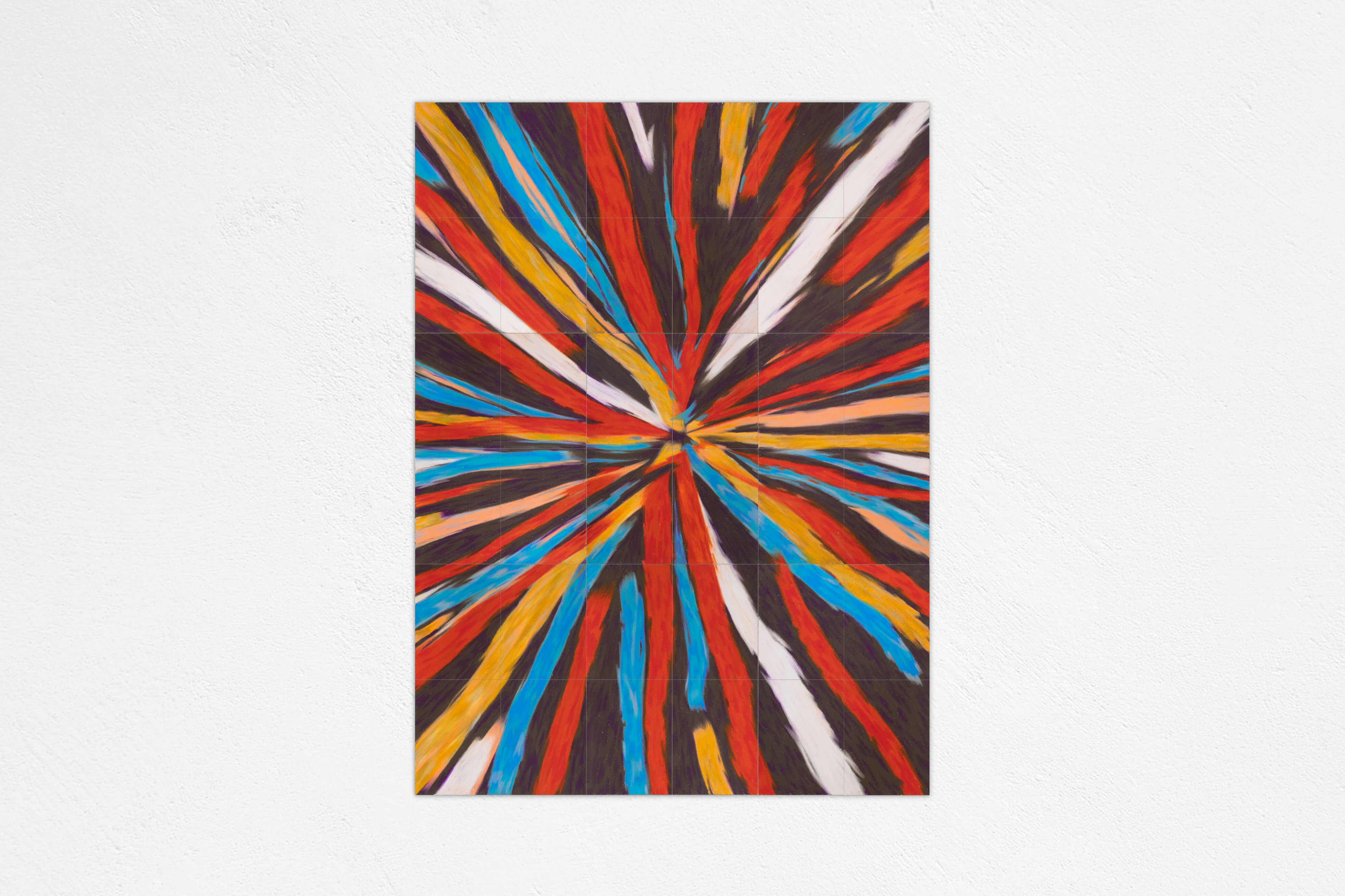
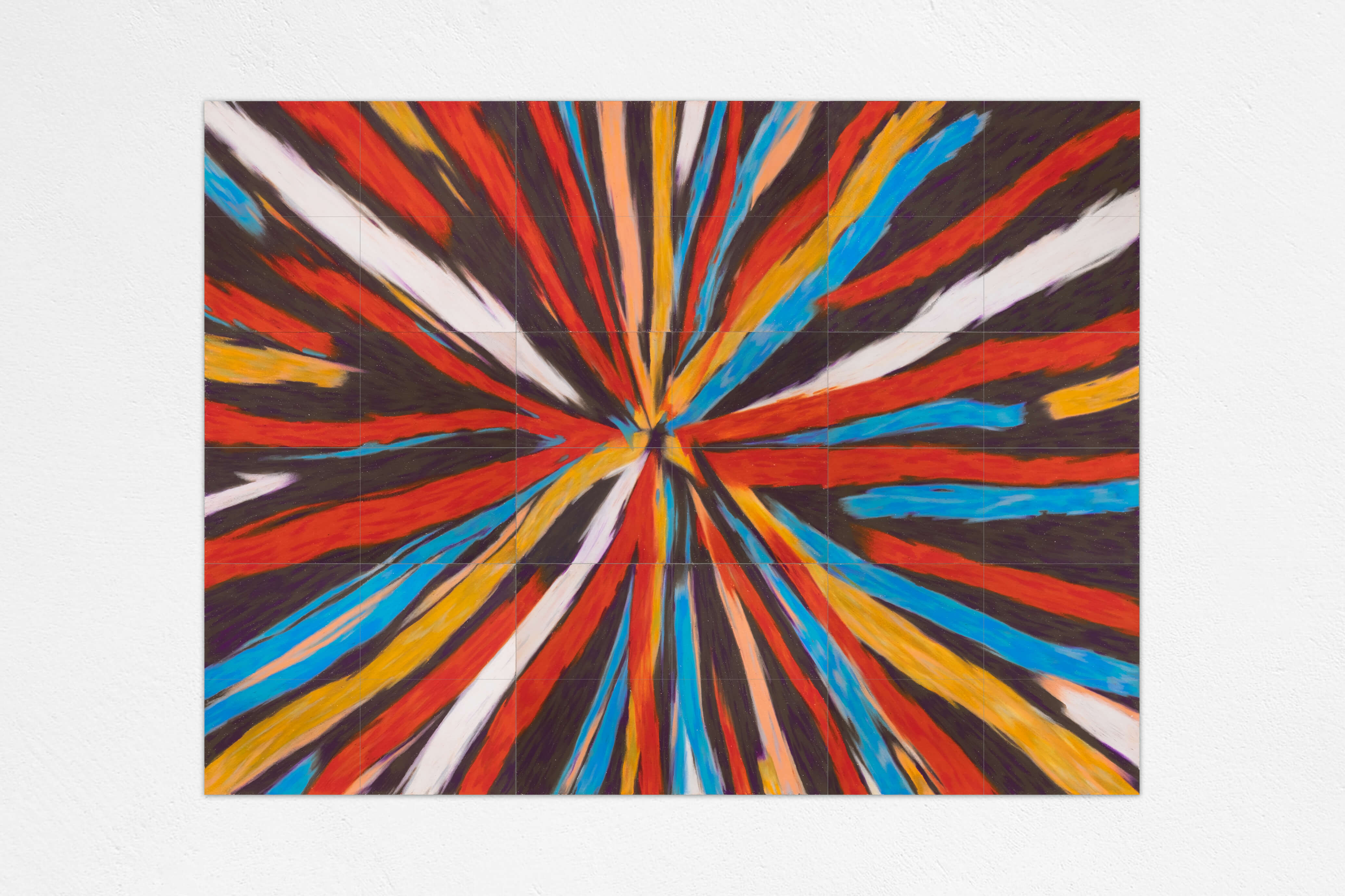

Bang, 2020
Individual drawingsW 155 x H 115 mm
Wax-crayons on Archer 300g watercolour paper, clear fixative
Bang, 2020
Individual drawingsW 155 x H 115 mm
Wax-crayons on Archer 300g watercolour paper, clear fixative
Individual drawings
Wax-crayons on Archer 300g watercolour paper, clear fixative



